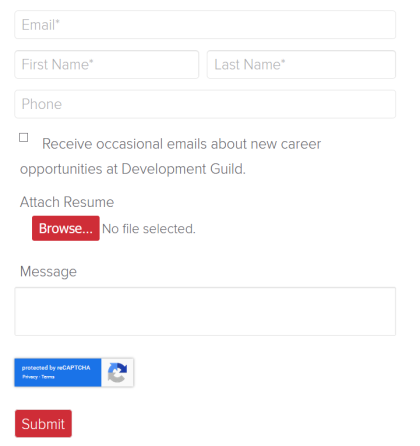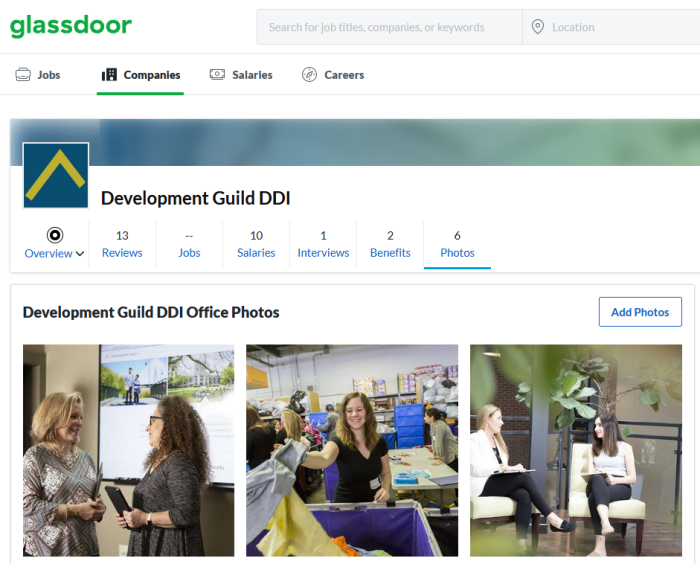The ability to effectively and efficiently recruit new staff is important to the strength of an organization. However, too often, an organization’s recruitment strategy is reactive and episodic. This approach can harm your organization in multiple ways:
- While you’re recruiting a new hire, your team may suffer in the meantime as it deals with being understaffed. Over time, this can lead to burnout and employee dissatisfaction.
- The high need to fill the vacant position might result in a less thorough hiring process and/or hasty decision making.
So, what’s the alternative? Consider an ongoing recruitment strategy. Many organizations believe such a strategy is too costly and/or time consuming; 80% of the nonprofit professionals we recently surveyed reported that their organization does not recruit continuously. However, there are ways to build a constant candidate pipeline even with limited resources and capacity. Here are 5 useful strategies…
#1 Create a platform for potential applicants to submit their resumes at any time.

Example of a Join Us form
On your website, list an email address or set up a form so visitors can share their resume even when you aren’t actively recruiting for new hires. Allow them to include a note about their professional interests, expertise, and what has drawn them to your organization (see our own Join Us page as an example). Make sure, too, that you have a system in place to manage these submissions – whether it be a HR-specific software or a more cost-friendly version, such as a spreadsheet. Once it comes time to make a new hire, you will already have a pool of potential candidates who are interested in joining your organization from which you can source.
#2 Instill a culture of recruitment throughout your organization.
While your HR team may be the only one that has recruitment in their job description, each staff member can act as a representative of and advocate for your organization. Encourage your staff to always be on the lookout for professionals who would be strong additions to your organization. Consider creating a formalized employee referral bonus to further incentivize your staff, as well.
#3 Invest in building a strong employer brand.
Today’s candidates are seeking employers with a strong internal culture, clear commitment to mission, and positive work environment. Partner with your marketing team to communicate your strong employer brand on your website, social media channels, and recruitment platforms, such as Glassdoor and Indeed, etc. Share blogs, pictures, and interviews with staff about what brought them to your organization, their day-to-day, and any team-building events. By showcasing the perks of working at your organization, you will naturally attract the interest of prospective candidates.

Example of a Glassdoor Company Page
#4 Intentionally expand your organization’s network.
Seek out opportunities to connect with professionals with varying backgrounds and at all stages of their careers. There are multiple ways to do this – by attending industry-specific conferences, paying nominal membership fees for staff to join professional groups, hosting a booth at a local university’s job fair, etc. Your expanded network can be a great source of new talent and/or referrals.
#5 Keep in touch with your potential employee network.
Once you have captured the interest of a wider network of potential candidates, keep them informed! Subscribe them to your newsletter, so they receive regular updates about your organization, and encourage them to follow you on social media. Once you do launch a search for a new hire, send them an alert to make them aware of the new opportunity.
The best recruitment efforts are ongoing and constant – and not just in moments of great need. For more advice on effective recruitment, explore our executive search articles.



